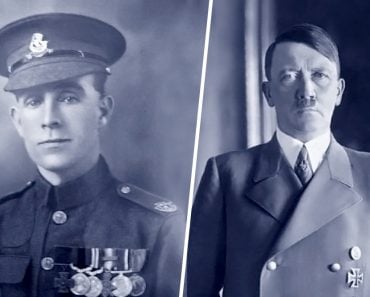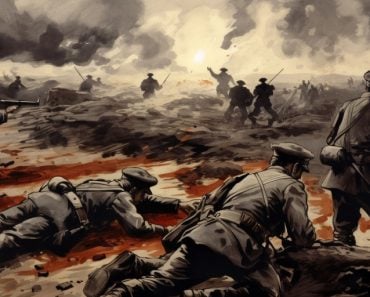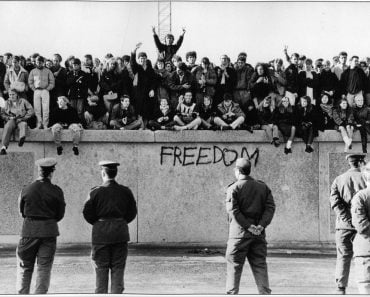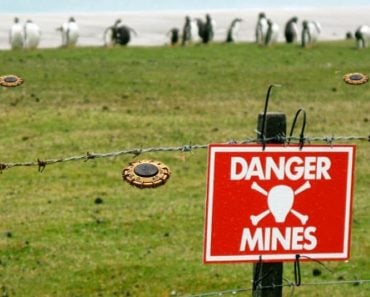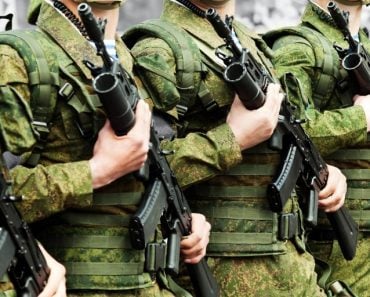Table of Contents (click to expand)
A fake version of Paris was built on the city’s outskirts during World War 1 to misdirect German bombers flying overhead.
Military deception is not a new idea. The Ancient Greeks famously did it during the Trojan War; whether or not it happened is another question, but the war was allegedly won by hiding Greek soldiers in a peace-offering shaped as a horse.
The Ancient Egyptians used trickery as well. During the siege of Yapu, which is the present-day Jaffa, the Egyptians hid in baskets and presented them as tribute upon admitting defeat; these hidden soldiers then opened the gates to the city, which led to its fall. However, military deception is not limited to hiding; it also involves building life-size replicas of cities under threat.
To clarify, I’m not talking about the Parisian block replica in the Chinese district of Tianducheng. The Fake Paris in question was built just 15 miles from the actual Paris. That said, you will not find it on any sightseeing trips because what was built—and there was substantially more that was planned that never came to fruition—was eventually dismantled.
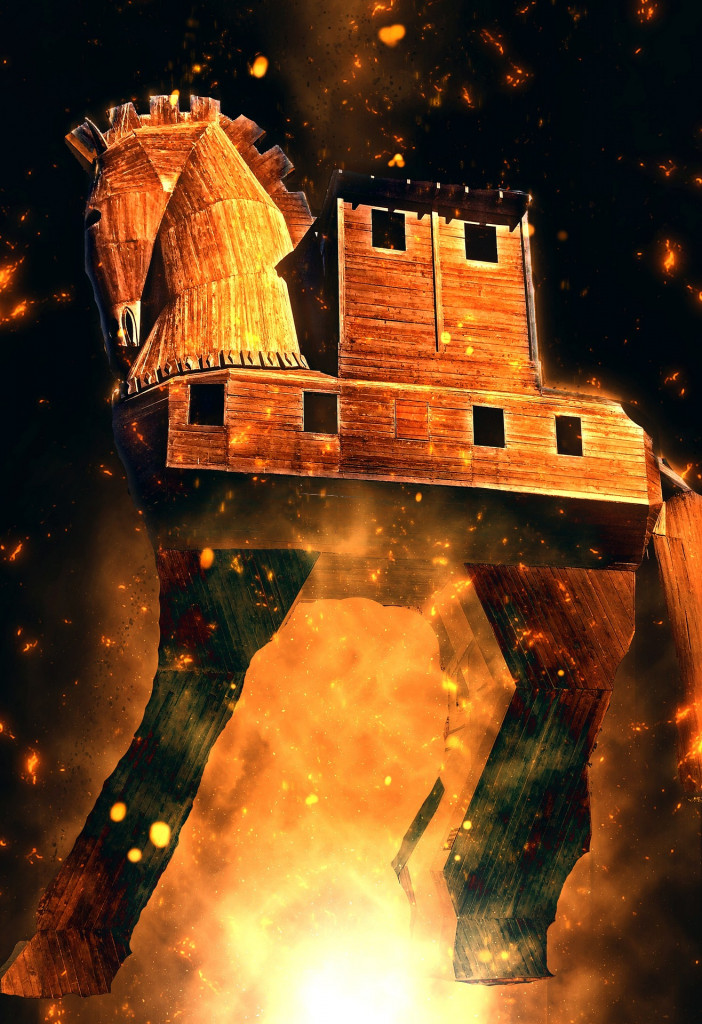
Recommended Video for you:
What Was This Fake Paris?
In 1920, the blueprints and supporting documents for the creation of a decoy Paris from 1917 came to light. The man behind this ingenious and slightly eccentric solution to World Ward I aerial bombing (Paris being one of the first cities to experience that devastating phenomena) was an Italian electrical engineer called Fernand Jacopozzi.
His true role is obviously ambiguous, but it is known that he was commissioned by the French department responsible for protection from aerial attacks, the Défense contre Avions.
Misdirection in war was not a new phenomenon, but the scale at which this was attempted was ambitious, to say the least. To confuse the aircrafts seeking to bomb Paris, the decoy city was constructed on the outskirts of the actual city, using mostly wood and cloth. The fake was built to fool the attackers, so it included replicas of landmarks like the Eiffel Tower and the Arc de Triomphe, as well as moving wooden trains and streetlights (which would remain lit to a limited extent while the actual city went pitch-dark to ward off bombers).
Of course, by the time the decoy was up and running, the war had ended and the opportunity to test the ruse was lost.
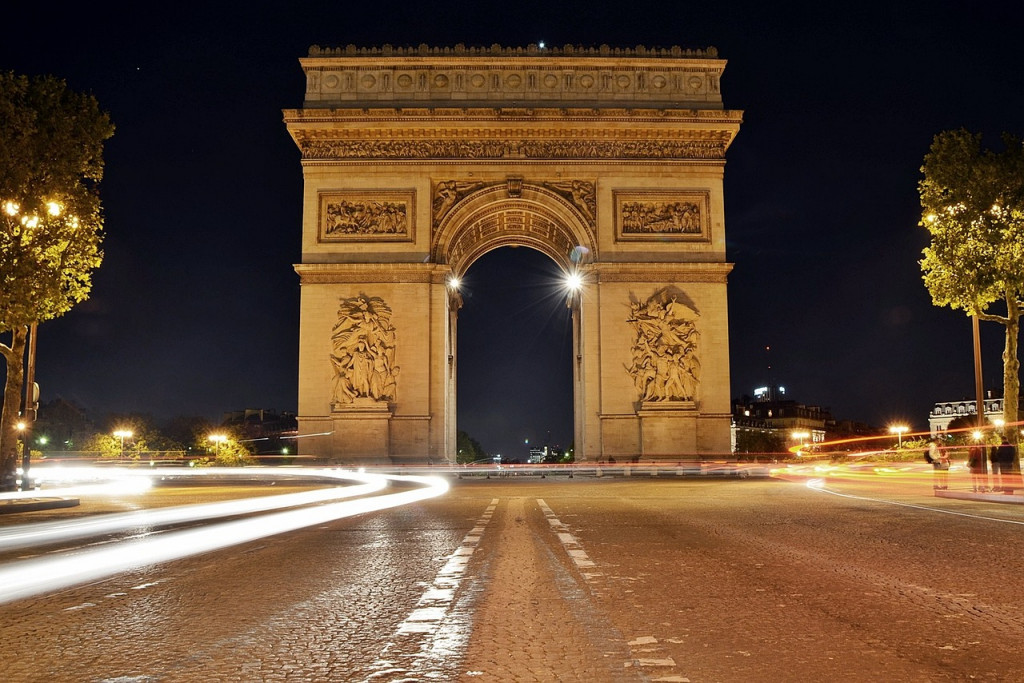
Would Such Subterfuge Ever Be Employed Again?
The art of deception, smokescreens and red herrings is a favorite military tactic that has been employed countless times. Even though the first World War failed to test the efficacy of large-scale urban subterfuge, the second World War amply did, and relied on it to win key battles. The Allied Invasion of France in 1944 was made possible because of dummy troops, weaponry and equipment.
During the invasion, the Allied Forces, set to enter France from Normandy, created a decoy landing at Pas-de-Calais, where the English Channel is narrowest, to redirect German counter measures to that point. Under the garb of operation Fortitude, a fake army called the First US Army Group (FUSAG), ‘under’ General Patton, along with thousands of fake rubber and cardboard tanks and artillery, barracks and bases with vehicles and tents, entered France through Calais. They went as far as making fake tank tire tracks to make the lie more believable.
The Allies were not devoted to playing things straightforward. Operation Mincemeat harnessed a fake Allied soldier’s dead body (a Major called William Martin) with the ‘plans’ of an Allied invasion to deceive the Axis powers. In their campaign in Northwestern Europe, in the operation called Bodyguard, inflatable decoys were used (along with hiding the exact time of the invasion).
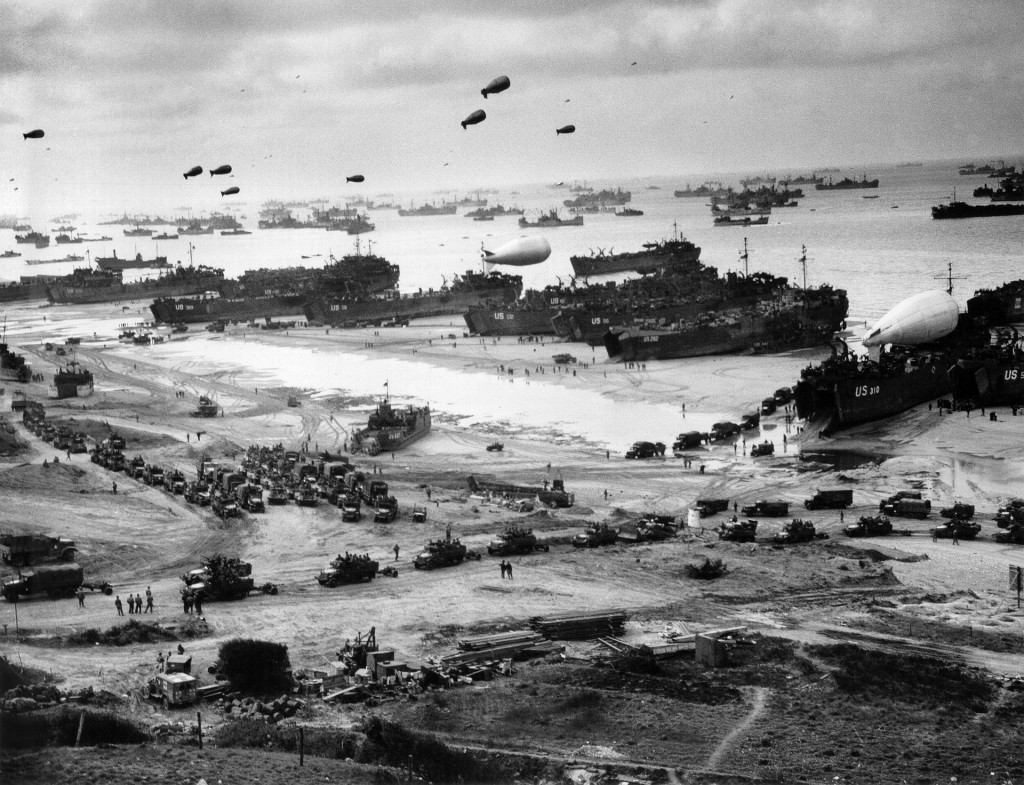
Is Such Deception Ethical?
The use of deception in war seems to follow war as an institutionalized aspect of civilization. Just as in daily life, the employment of underhanded techniques to secure victory and success is frowned upon and discouraged, if not outrightly condemned. This is because morality pervades even the most brutal facet of society. While it may be necessary to wage war, it is also necessary to treat adversaries in a manner that does not rob the former of the moral high ground that justifies the war in the first place (whatever the actual reason, wars must be treated like a necessary evil, not an easy course of action).
Critical sensibility would prevail over the individual benefits of war in such cases. However, this is not based on a mere reliance on human rights (because they’re a relatively newer concept). It is based on a fundamental assumption that by deceiving an adversary, there is collateral damage inflicted upon those who are unable and unwilling to attack the belligerent army’s interests.
Deception then, which relies on the moral high ground, becomes a necessary evil, as it prevents greater harm and carnage that would follow if direct warfare were to happen. While all may be fair in war (and love), our modern perception of war cannot integrate deception that has no ethical backing.
Conclusion
Sun Tzu, arguably the most well-known military strategist, believed that all war is deception, be it through professing weakness or strength when it is actually the opposite, or through using the terrain to your advantage (in the Battle of Longewala, a severely undermanned Indian army used minefield markers in lands without mines to redirect Pakistani troops into kill zones).
It seems to this writer, however, that the discipline of modern warfare, at least on paper, would be unreceptive of this advice and historical precedent. The Geneva Conventions, which outright ban perfidy, prevents countries who have ratified the protocols from engaging in deception that relies on false surrender and the use of truce to later attack the opposing belligerents. The idea of warfare itself has evolved to include more humane considerations that must be observed, even if those waging the war don’t necessarily follow them.
References (click to expand)
- Daniel, D. C., & Herbig, K. L. (1982, March). Propositions on military deception. Journal of Strategic Studies. Informa UK Limited.
- Mattox, J. M. (2002, January). The Moral Limits of Military Deception. Journal of Military Ethics. Informa UK Limited.
- Wirsansky, D. (2016). City of Light: History on Stage.



